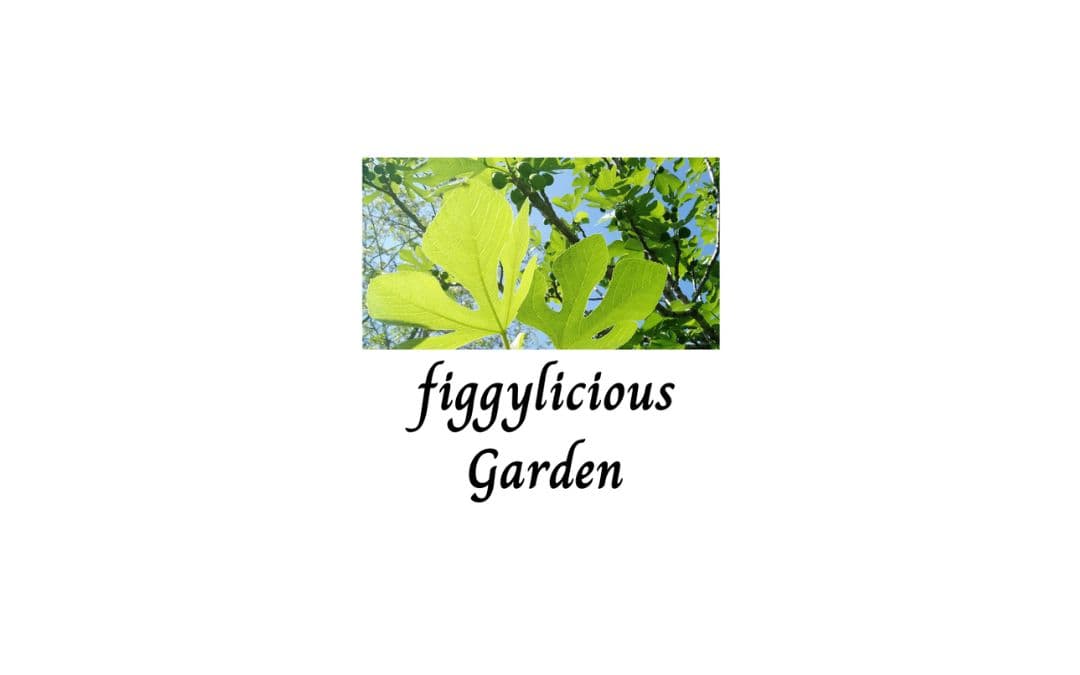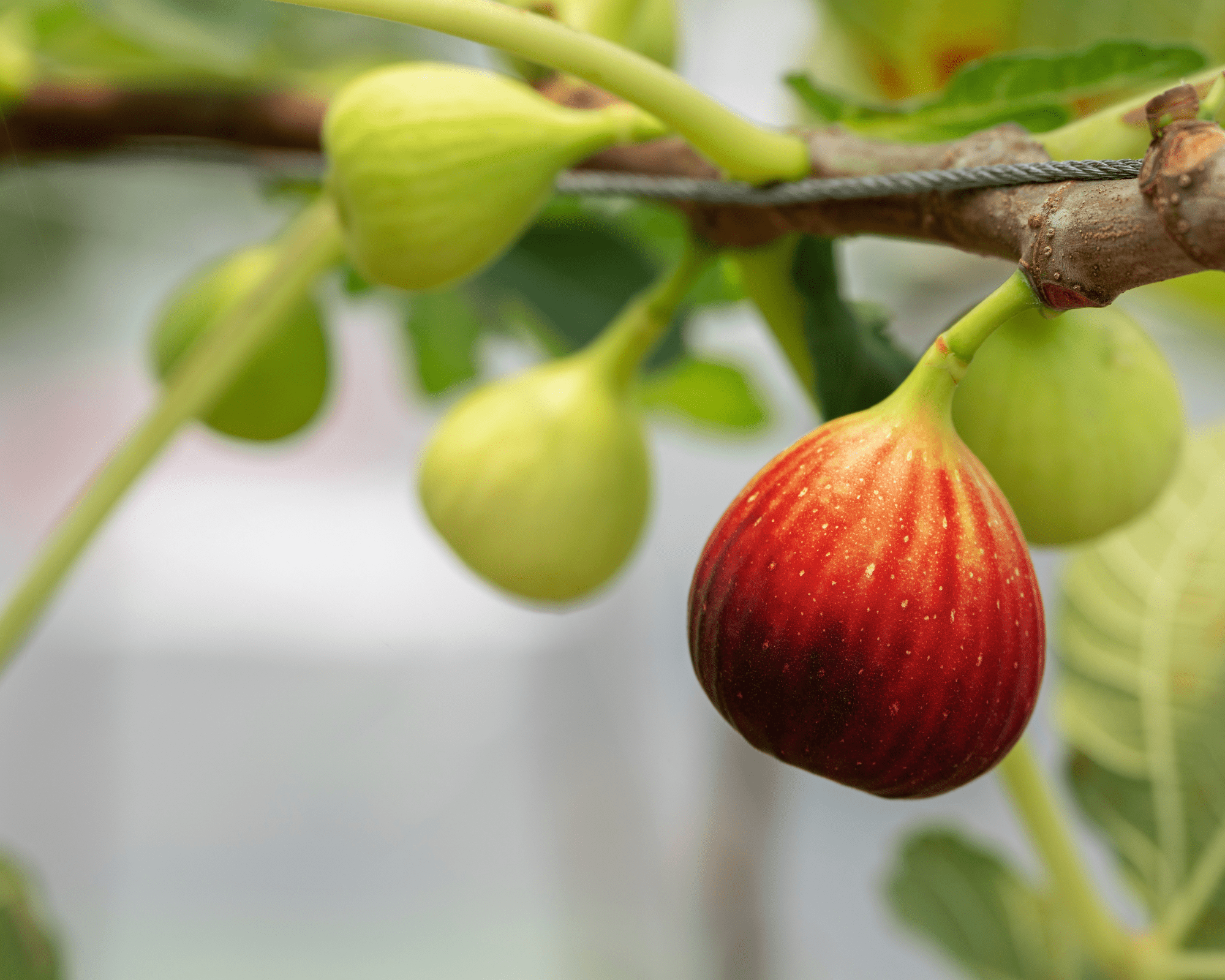Please read the full disclosure for more info. 💚
Introduction
Do you dream of creating a lush, green paradise on your terrace but aren’t sure where to begin? Terrace gardening is a perfect solution for city dwellers or those with limited outdoor space. With a little creativity and the right tools and materials, you can transform your terrace into a beautiful garden that thrives all year round.
But before you start planting, it’s important to have the right equipment and supplies. In this guide, we’ll go over the essential tools and materials you’ll need to create a successful terrace garden that’s easy to maintain and will yield beautiful results. Whether you’re growing flowers, herbs, or vegetables, the right tools make all the difference.
1. Choosing the Right Containers for Your Terrace Garden
Containers are the foundation of any terrace garden. Since space is limited, you’ll want to choose pots and planters that will provide your plants with the room they need to grow, while also fitting your terrace’s aesthetic.
Types of Containers:
- Plastic Pots: Lightweight and durable, plastic pots are an excellent choice for terrace gardening. They retain moisture well, which is perfect for smaller spaces that may dry out faster. Here are the different pot sizes for you starting from the smallest pot up to the largest size. Check here
- Clay Pots: These are great for plants that need good air circulation around their roots. Clay pots are heavier, making them less prone to tipping over in the wind, but they dry out faster, so they may need more frequent watering.
- Raised Garden Beds: If you have a larger terrace, raised garden beds allow you to grow deep-rooted plants such as tomatoes, carrots, and herbs. They also provide better drainage than traditional pots.
- Hanging Baskets: Ideal for trailing plants like ivy or flowers, hanging baskets make use of vertical space and add a decorative touch to your terrace.
Tip: When selecting your containers, consider your plants’ specific needs in terms of size, drainage, and how often you need to water them.
2. The Importance of High-Quality Soil and Fertilizers
Once you have your containers, the next crucial element is the soil. The quality of your soil will determine how healthy and vibrant your plants grow. In addition to soil, fertilizers provide your plants with essential nutrients that they can’t always get from the soil alone.
Types of Soil for Terrace Gardening:
- Potting Mix: Lightweight and well-draining, potting mix is ideal for container gardening. It holds moisture well while preventing root rot, making it a popular choice for terrace gardeners.
- Compost: Mixing in compost will enrich your soil with nutrients and improve its structure, promoting healthy root development. It’s an excellent addition to any garden.
- Vermiculite and Perlite: These materials help improve drainage and moisture retention, which is especially helpful when growing in containers.
Fertilizers:
- Organic Fertilizers: Organic options such as fish emulsion, bone meal, or composted manure are perfect for terrace gardens. They’re slow-releasing, gentle on plants, and promote long-term soil health.
- Liquid Fertilizers: If you want to see quick results, liquid fertilizers are a fast-acting option. They’re great for providing an immediate nutrient boost during the growing season.
Tip: Opt for organic fertilizers whenever possible to ensure you’re supporting both plant health and the environment.
3. Essential Watering Tools for Terrace Gardens
Watering is one of the most critical aspects of terrace gardening, and using the right watering tools can make your job a lot easier.
- Watering Can: A long-spouted watering can allows you to water plants precisely, preventing over-watering and ensuring that each plant gets enough water. Look for one with an ergonomic handle for comfort.
- Drip Irrigation System: Perfect for larger terrace gardens, a drip irrigation system delivers water directly to the roots of your plants. It’s efficient, saves water, and reduces the risk of over-watering.
- Soaker Hoses: These hoses allow water to seep slowly and evenly across your garden bed, making them great for container plants or raised beds.
- Self-Watering Planters: These planters are designed with a built-in reservoir, so they can keep the soil moist for longer periods. They’re ideal for busy gardeners or those with irregular watering schedules.
Tip: Drip irrigation is especially useful for terrace gardens, as it helps conserve water and ensures your plants receive consistent moisture.
4. Gardening Tools Every Terrace Gardener Needs
While terrace gardening can be done in small spaces, having the right tools will make your gardening tasks more manageable and enjoyable.
- Pruning Shears: Essential for trimming dead or overgrown branches, pruning shears help keep your plants healthy and encourage new growth.
- Hand Trowel: A versatile tool that’s perfect for planting, digging, and transferring soil. A hand trowel is especially useful for small pots and containers.
- Garden Gloves: Protect your hands from dirt, sharp thorns, and other garden hazards with a good pair of garden gloves. They also make handling tools more comfortable.
- Garden Kneeling Pad: Gardening on hard surfaces can be tough on your knees. A cushioned kneeling pad will help make your work more comfortable, especially if you’re planting in low containers or raised beds.
Tip: Investing in good-quality gardening tools will save you time and effort and help you avoid injuries while gardening.
5. Maximizing Sunlight and Providing Shade for Terrace Gardens
Terrace gardens often face challenges with uneven sunlight. Some areas may get too much sun, while others might not get enough. Understanding how to position your plants and providing shade can make all the difference.
- Shade Nets: If your terrace gets a lot of direct sunlight, shade nets can help protect delicate plants from sunburn and heat stress. These nets filter the sunlight, allowing your plants to thrive without overheating.
- Plant Positioning: Understanding your plants’ sunlight requirements is key to success. Place sun-loving plants like tomatoes and peppers in areas that get full sunlight, while shade-tolerant plants like lettuce and spinach can be positioned in partial shade.
- Reflective Surfaces: If you have a limited amount of sunlight, consider placing light-colored or reflective surfaces (such as mirrors or white walls) around your garden to bounce more light onto your plants.
Tip: Use a mix of shade and sun to grow a variety of plants that will thrive on your terrace.
6. Organic Pest Control for Terrace Gardens
Pests can be a common challenge, but there are plenty of natural and non-toxic solutions to keep your terrace garden healthy and pest-free.
- Neem Oil: A powerful natural pesticide, neem oil helps keep a variety of pests such as aphids, spider mites, and whiteflies at bay.
- Insecticidal Soap: For soft-bodied pests like aphids, an insecticidal soap is a gentle yet effective way to control the infestation without harming your plants.
- Companion Planting: Growing plants that naturally repel pests, such as marigolds or basil, can help protect your garden from unwanted insects.
Tip: Organic pest control is not only safer for your plants but also better for the environment.
Conclusion
With the right tools and materials, terrace gardening can be an enjoyable and rewarding experience. By investing in high-quality containers, soil, fertilizers, and watering systems, you’ll create a space that supports healthy, thriving plants. And by using the best gardening tools, you’ll make the process easier and more efficient.
Ready to get started? Check out our selection of top-rated terrace gardening tools and materials to help bring your garden to life. Happy gardening!


